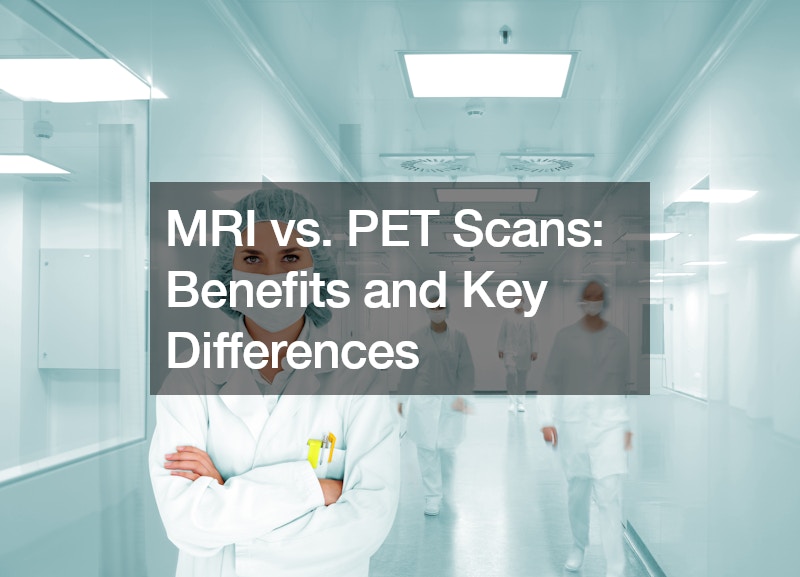Diagnostic imaging plays a crucial role in modern healthcare, allowing doctors to visualize internal structures and identify abnormalities within the body. Two commonly used imaging techniques are magnetic resonance imaging (MRI) and positron emission tomography (PET) scans. While both serve similar purposes, they have distinct differences in their imaging techniques, applications, and benefits. Let’s delve into the world of MRI and PET scans to understand their benefits and key differences.
MRI: Unveiling the Anatomy
Magnetic Resonance Imaging (MRI) utilizes a powerful magnetic field and radio waves to create detailed images of internal structures such as organs, tissues, and bones. This non-invasive technique is particularly adept at producing high-resolution images, offering unparalleled insight into anatomical structures.
One of the primary benefits of MRI is its ability to provide detailed images of soft tissues, making it an invaluable tool for diagnosing conditions such as tumors, inflammation, injury, and degenerative diseases. Additionally, MRI scans do not involve exposure to ionizing radiation, making them a safer option for patients requiring repeated imaging studies.
PET Scans: Revealing Metabolic Activity
Positron Emission Tomography (PET) scans, on the other hand, focus on revealing metabolic activity within the body. This imaging modality involves the injection of a small amount of radioactive material into the patient’s bloodstream. As the radioactive tracer travels through the body, it emits positrons that collide with electrons, producing gamma rays that can be detected by the PET scanner.
PET scans are particularly useful for assessing metabolic processes and blood flow, providing valuable information about conditions such as cancer, heart disease, and neurological disorders. By highlighting areas of increased metabolic activity, PET scans aid in identifying abnormal tissue growth, monitoring disease progression, and evaluating treatment response.
Key Differences Between MRI and PET Scans
While both MRI and PET scans serve as powerful diagnostic tools, they differ significantly in their imaging techniques and applications.
Imaging Technique: MRI relies on magnetic fields and radio waves to generate detailed anatomical images, while PET scans detect metabolic activity using radioactive tracers.
Scan Time: MRI scans typically take longer than PET scans, with MRI examinations lasting 30-60 minutes on average compared to 15-30 minutes for PET scans.
Radiation Exposure: PET scans involve exposure to low levels of radiation due to the radioactive tracer, whereas MRI scans do not utilize ionizing radiation, making them safer for repeated imaging studies.
Anatomical vs. Functional Imaging: MRI provides detailed anatomical images, whereas PET scans offer functional images that reveal metabolic activity and blood flow.
Cost and Availability: The cost and availability of MRI and PET scans may vary depending on factors such as location and insurance coverage. MRI scans are generally more widely available, while PET scans may be limited in some regions.
The Role of Open MRI Scanners
In recent years, open MRI scanners have emerged as an alternative option for patients who experience claustrophobia or discomfort in traditional MRI machines. These scanners offer a more spacious and open environment, alleviating anxiety and improving patient comfort during imaging studies. While open MRI scanners may have slightly lower magnetic field strengths compared to closed bore MRI machines, they provide an effective solution for patients with special needs or those who struggle with traditional MRI setups.
Conclusion
In conclusion, MRI and PET scans are indispensable tools in modern medicine, offering valuable insights into the inner workings of the human body. While MRI excels in providing detailed anatomical images, PET scans reveal metabolic activity and blood flow patterns, aiding in the diagnosis and management of various medical conditions. Understanding the benefits and differences between these imaging modalities is essential for healthcare providers and patients alike, ensuring optimal care and treatment outcomes.
By providing a deeper understanding of MRI and PET scans, patients can make informed decisions about their healthcare and treatment options, leading to better outcomes and improved quality of life.
.


